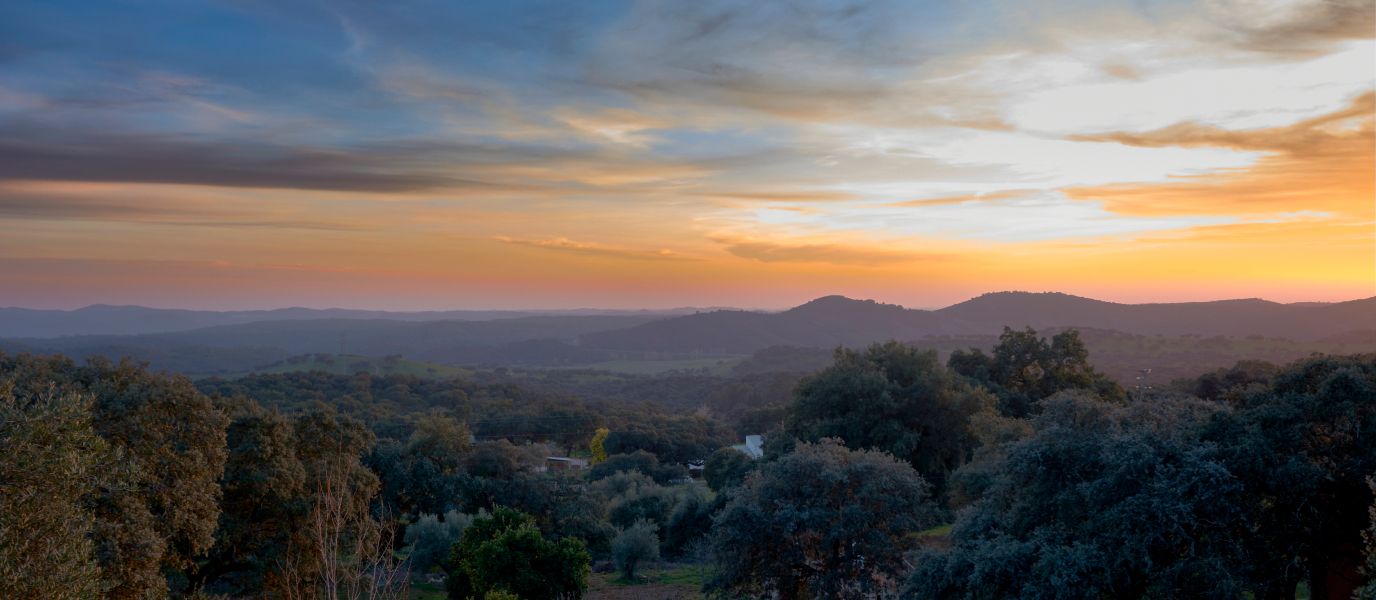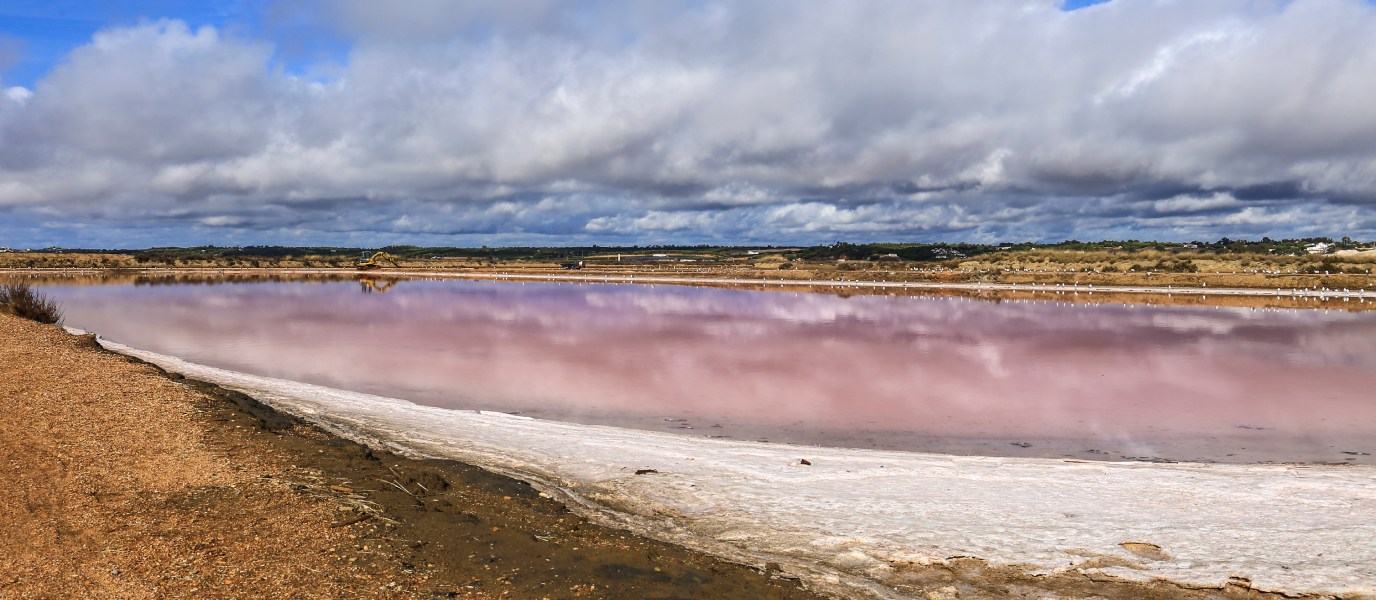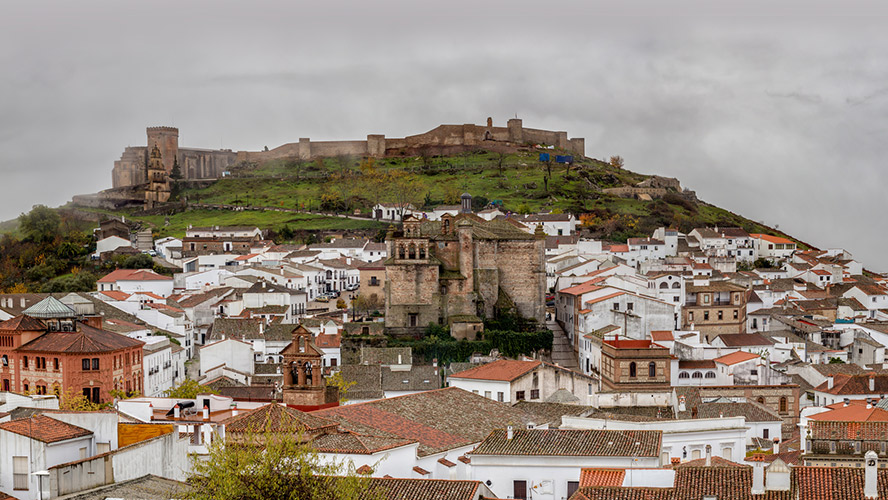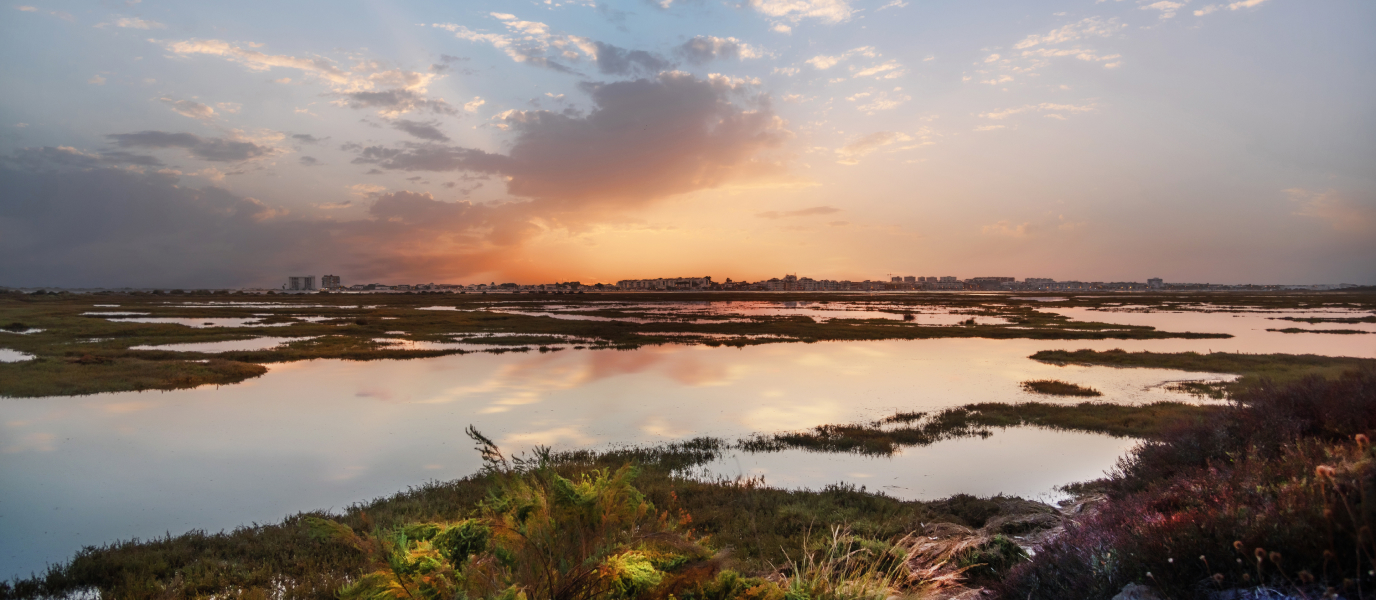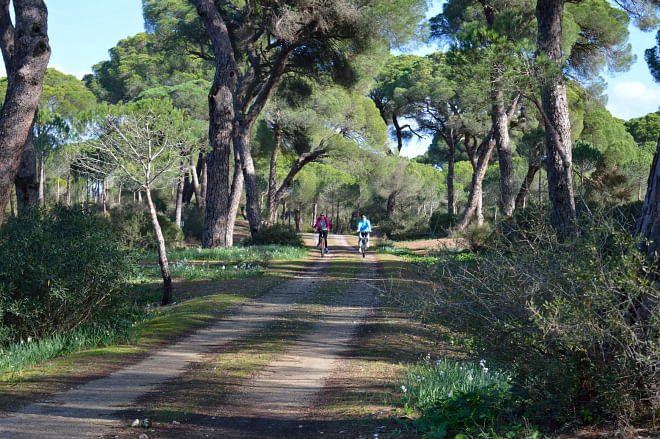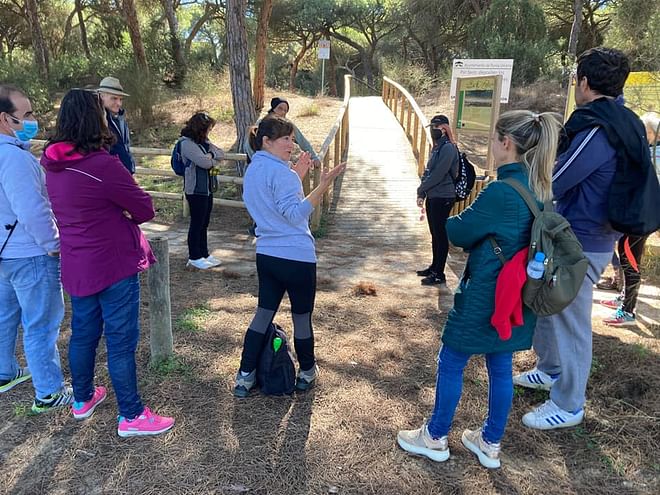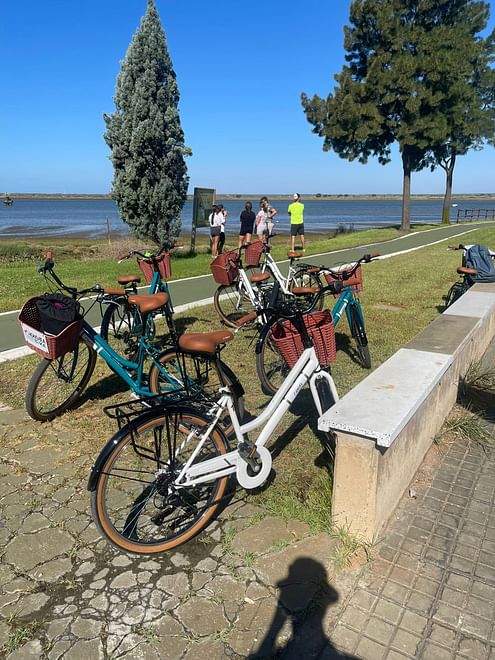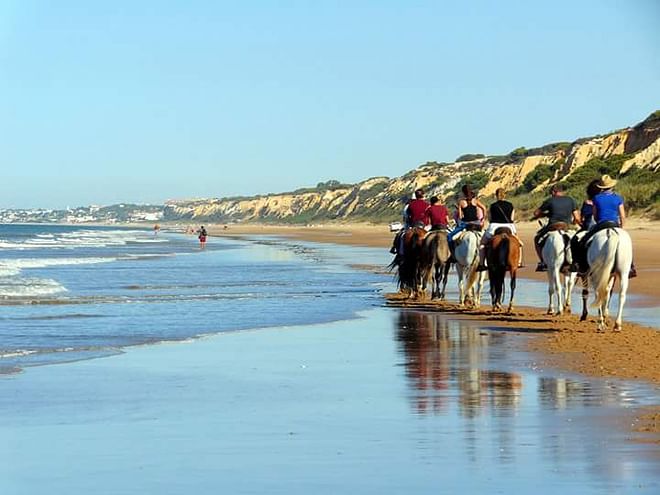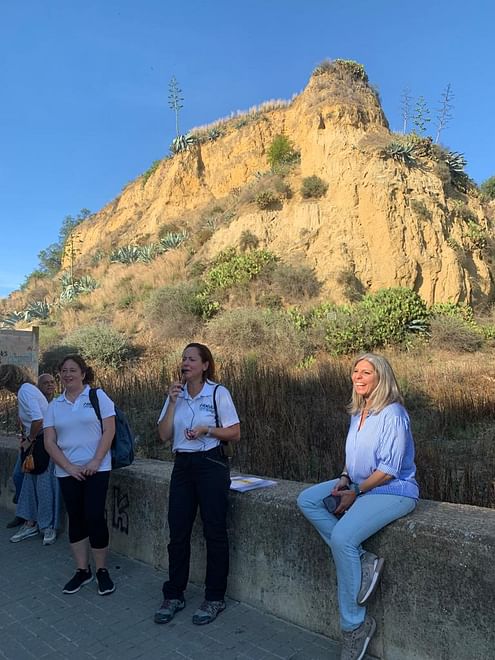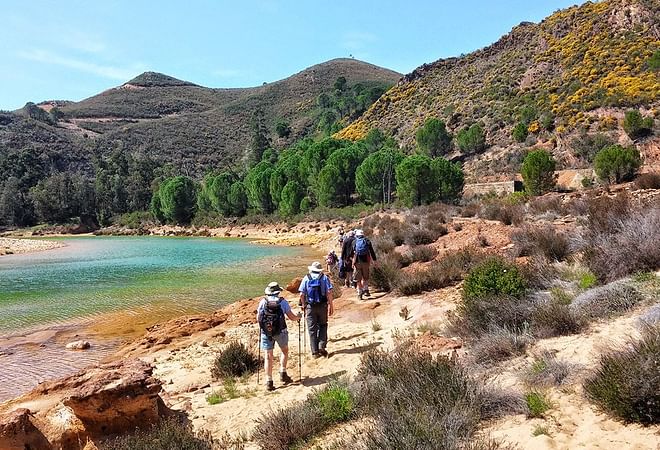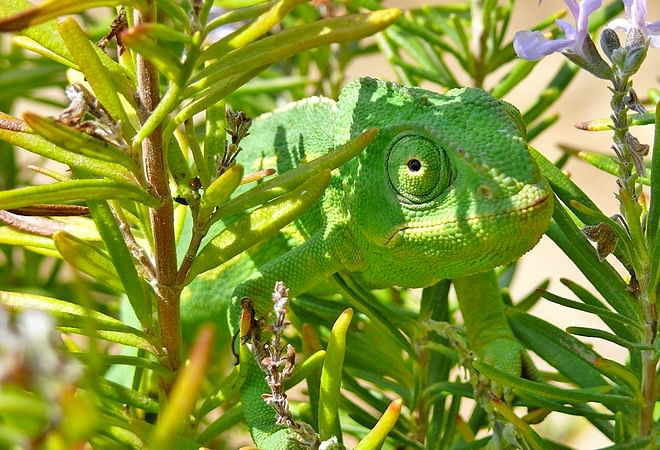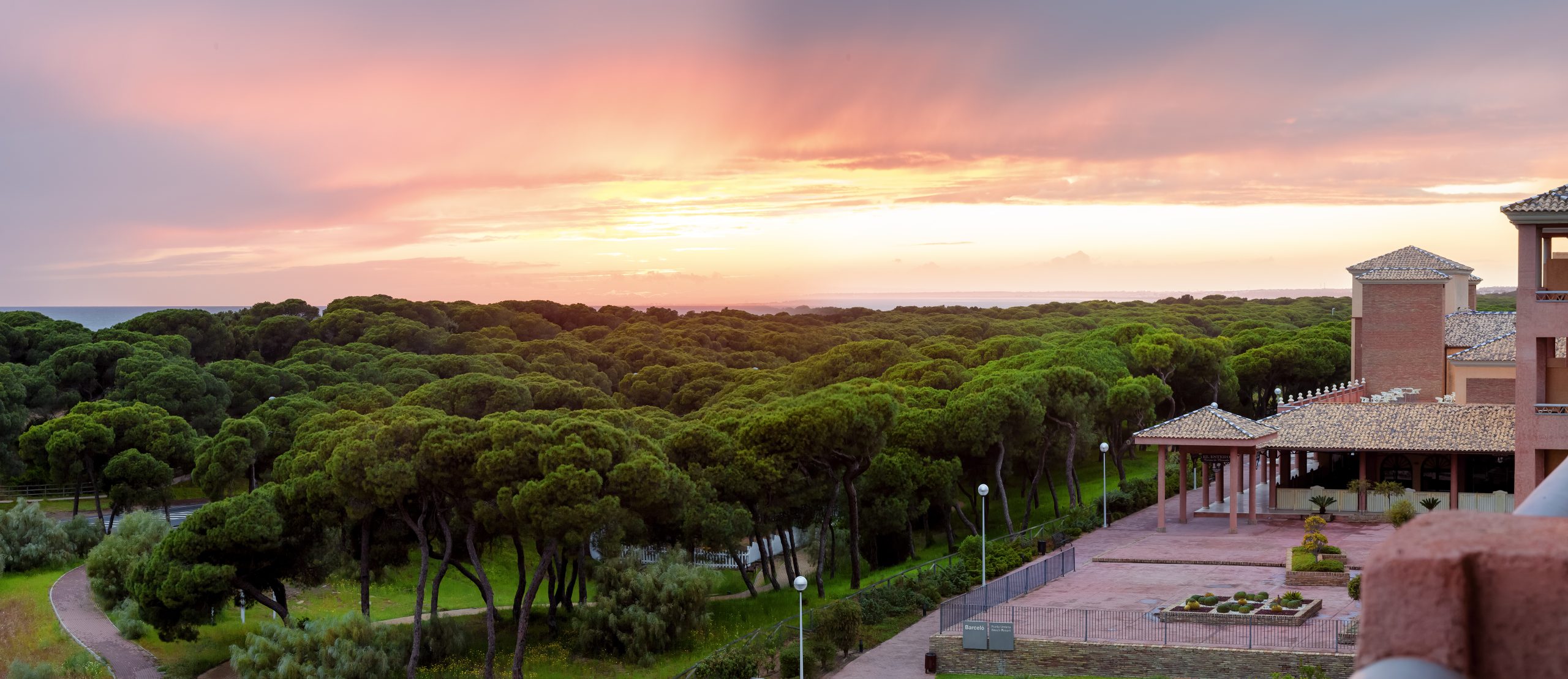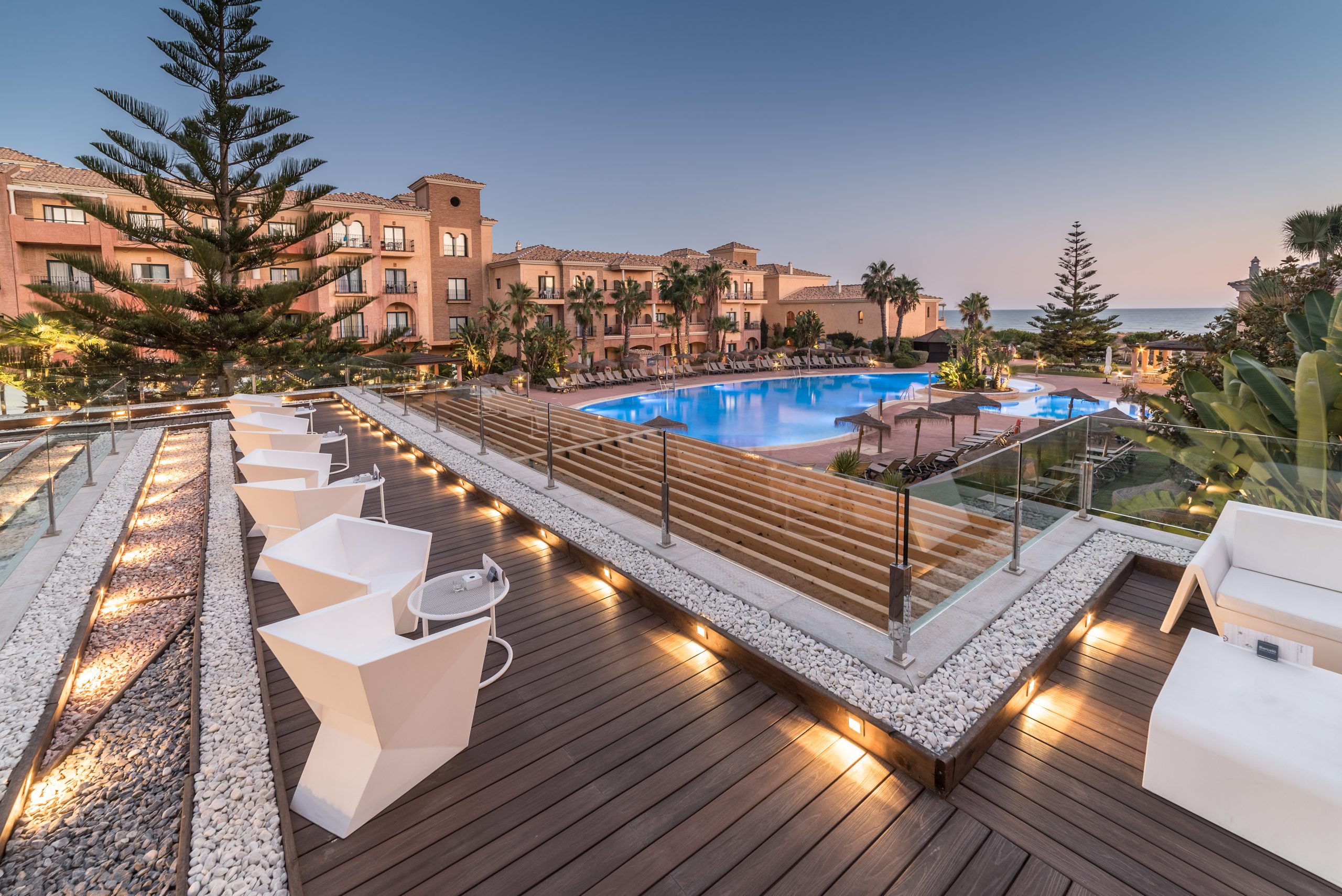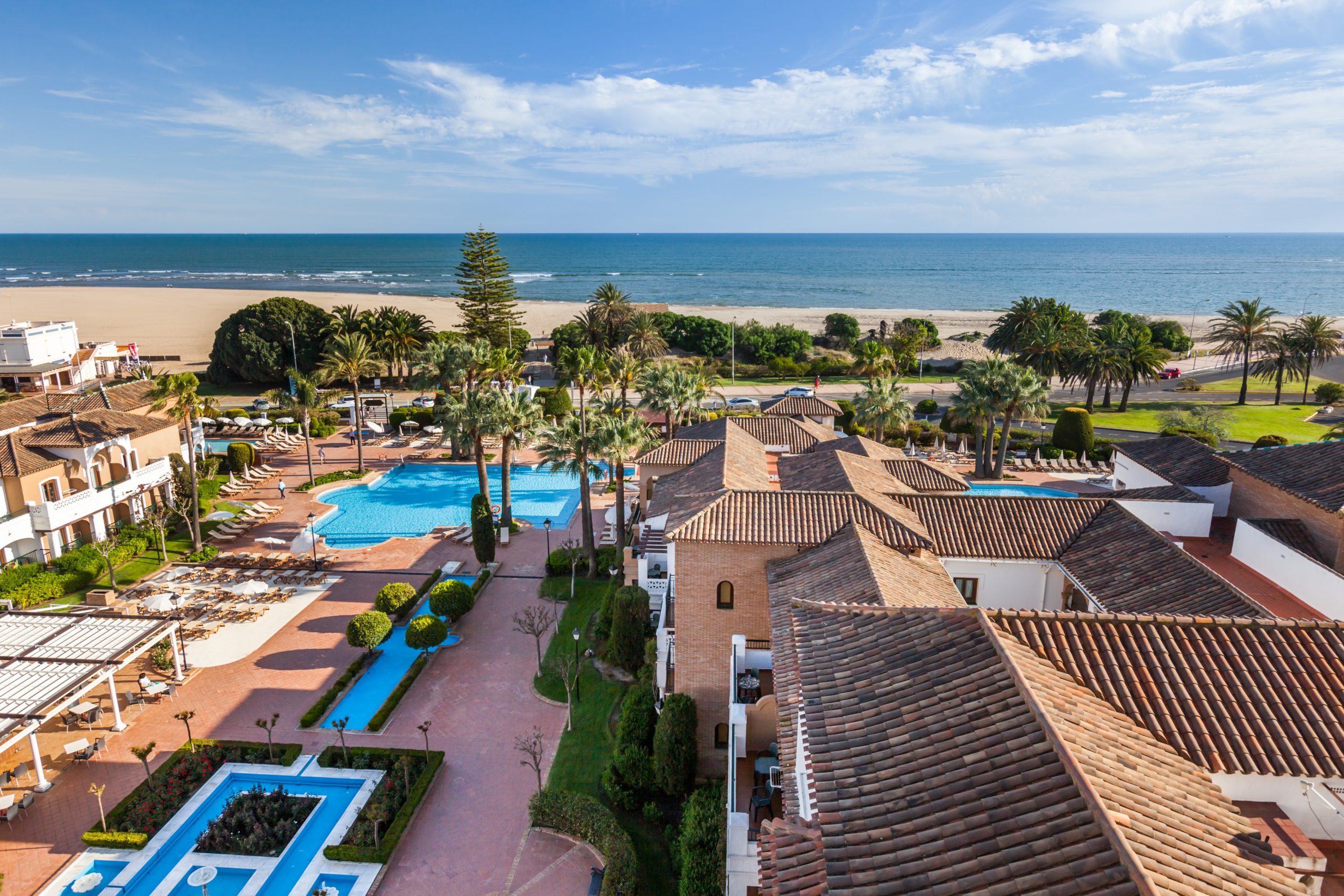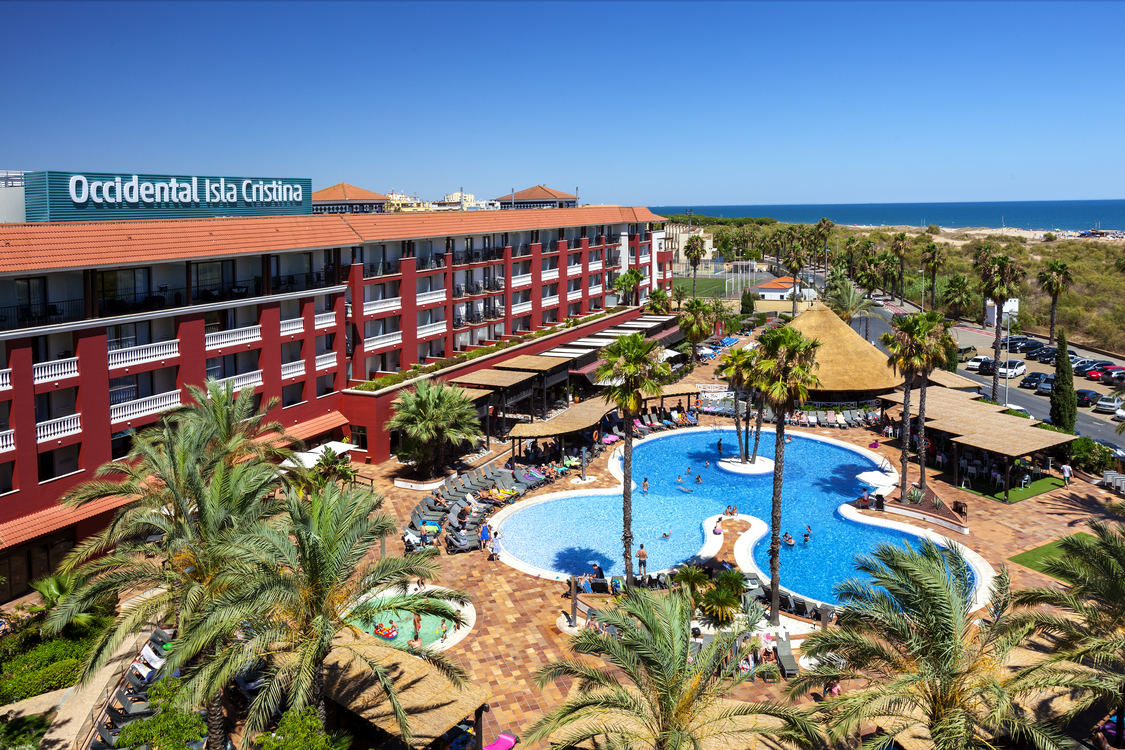The Sierra de Huelva, commonly known as the Sierra de Aracena y Picos de Aroche Natural Park, is one of the most beautiful natural spaces in western Andalusia. If its string of fairy-tale white villages strewn across the green mountains weren’t enough, it is also home to some of the best cuisine on the Iberian Peninsula, including the famous Jabugo ham.
The unmissable villages of the Sierra de Huelva
The villages are the Sierra de Huelva are actually very easy to visit by car since they are all well connected, despite being tucked into the mountains. Nearly all of them also have well-preserved historical centres which abound with medieval castles and fortresses. Bear in mind the time of year you’re visiting, since there are local festivals all year round that are not to be missed. Here are some of the most interesting stops in the area:
Aracena
The village from which the mountain range takes its name is also the capital of this Andalusian comarca. It makes for the perfect jumping off point for trips around the region but it is not without its own charms. Don’t leave Aracena without visiting its castle, built over the ruins of an old Moorish fortress, and the famous Grotto of Marvels, which is one of the most amazing karst cave systems in Andalusia.
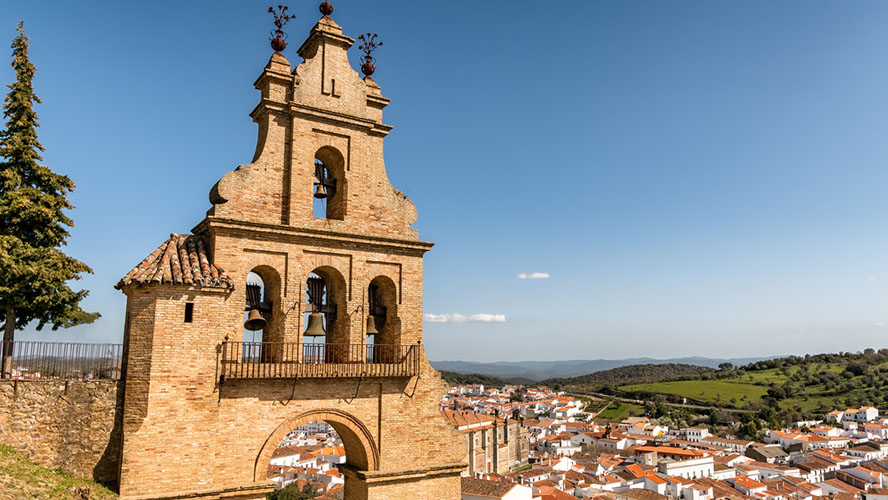
Alájar
This village offers some of the most spectacular views of the mountain range from the Peña de Arias Montano, a quiet oasis that was chosen as a place of meditation by the famous advisor to King Phillip II of Spain, Benito Arias Montano. It also has a beautiful Moorish historical centre, with narrow streets and whitewashed walls. The Iglesia de San Marcos is a stunning Baroque church that is also well worth a visit.
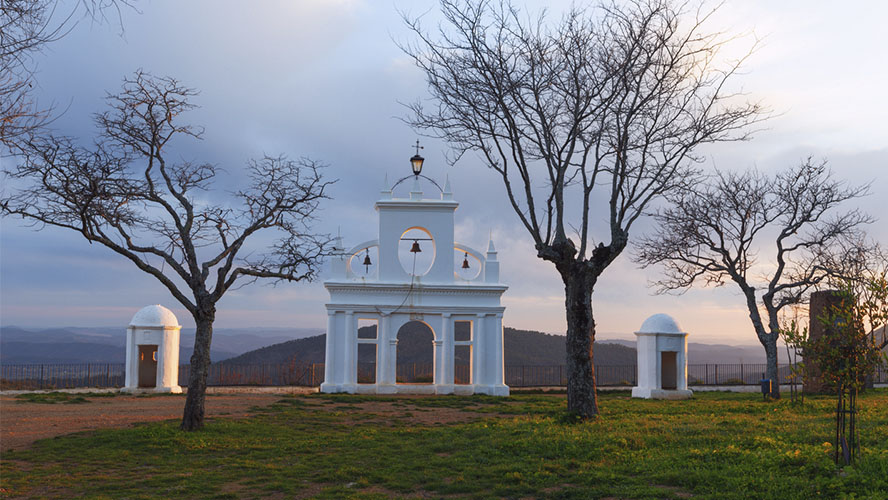
Linares de la Sierra
Just walking distance from the Sierra de Vallesilos, this small town is another example of the mountain architecture that typifies the region. However, if you take a look at the ground while you’re there you will notice one of the characteristics that make Linares stand out: the llanos are artisanal cobblestones that decorate the spaces between the whitewashed houses and many of them were placed there during the 19th century. Be sure to stop by the Iglesia de San Juan Bautista, a beautiful local church, and the Plaza del Pueblo, which is often used as a bull ring due to its distinctive circular shape.
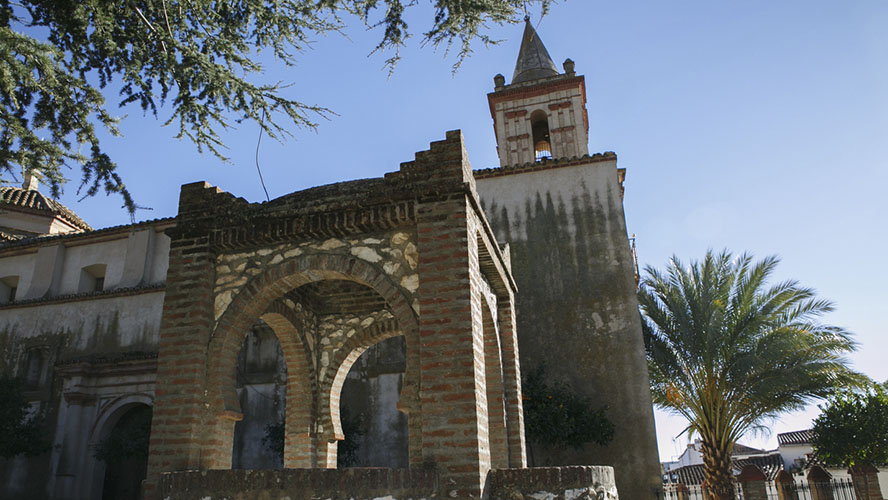
Almonaster la Real
At the top of a steep incline you will come to one of the most singular monuments in the Sierra de Huelva: the 9th century mosque of Almonaster la Real. Built over the ruins of a Visigoth basilica, this is the last surviving rural mosque in Spain. Even though it was converted into a Christian chapel after the Christian conquest of the peninsula, it still retains its Moorish architectural style. For that reason and the fact that entrance to the chapel is free, it is well worth the climb to this village.
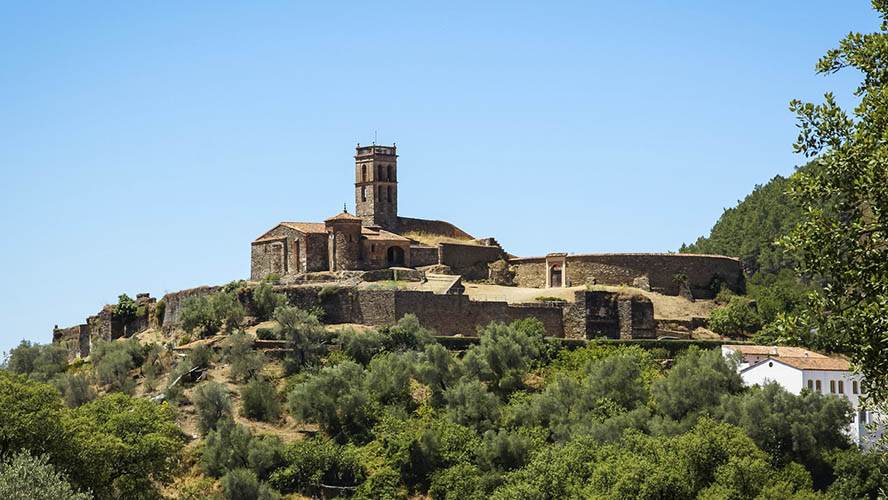
Jabugo
The name ‘Jabugo’ evokes one of the most famous culinary delights in Huelva: its famous cured ham. Just as Rioja has vineyards that offer wine-tasting, Jabugo has ‘secaderos’ that offer ham-tasting visits where you can learn how this Spanish delicacy is graded using coloured labels to reflect the purity of the breed and how the pigs were raised. It goes without saying that all of the bars in Jabugo pride themselves in the ham they offer in their tapas, so you won’t be hard pressed to have some ‘tastings’ of your own.
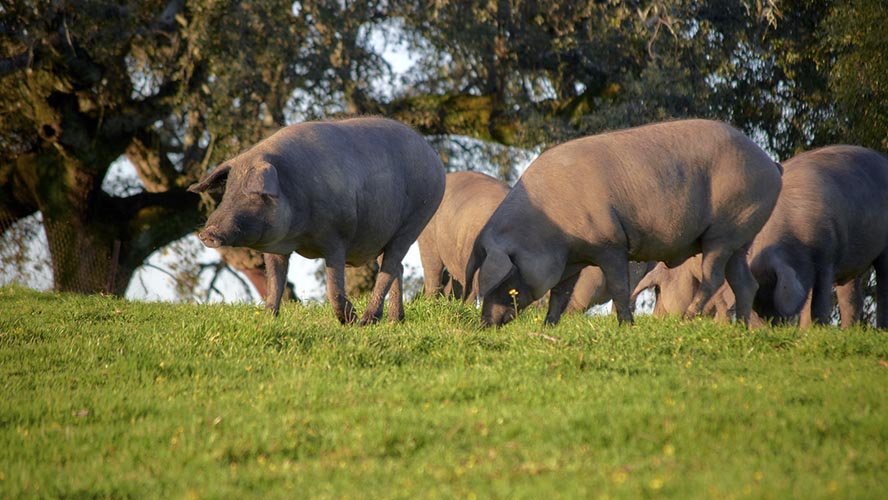
Aroche
Another of the villages that gives its name to the Natural Park, Aroche is one of the oldest settlements in the area. As well as a Moorish castle, a 17th century defensive wall, and an impressive church in the old town, just 3 kilometres away from Aroche is the only Roman city you can visit in Huelva: Turobriga. Entrance is free to the archaeological site and, from there, you can easily visit the Ermita de San Mamés, a stunning 13th century chapel.
Fuenteheridos
Fuenteheridos is located in a valley that is full of rivers and rivulets and is covered with forests that are made up of cork oak, chestnut and holm oak trees that drown out the noise of civilisation and make for the perfect place to walk in absolute peace and tranquillity.
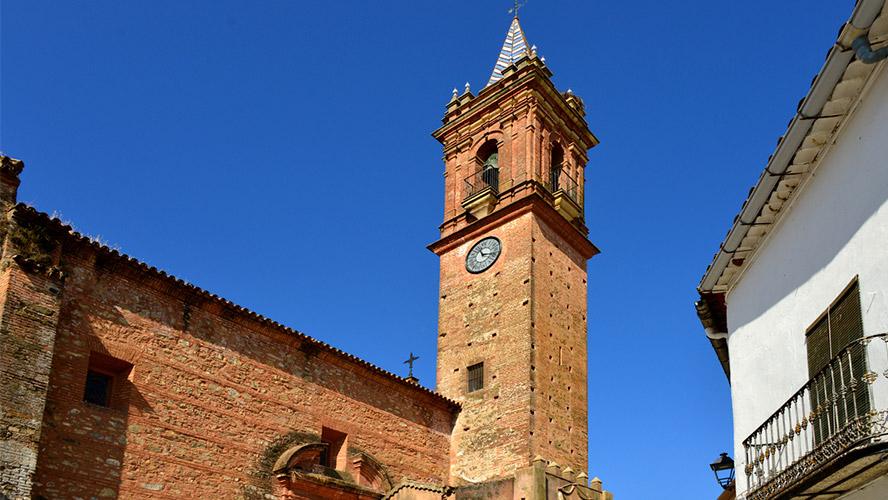
Castaño del Robledo
At 740 metres above sea-level, Castaño del Robledo is the highest village in the province of Huelva. It takes its name from the Spanish for chestnut (castaño) and oak (roble) so it’s unsurprising that its whitewashed houses and steep narrow streets are completely surrounded by these majestic trees.
Castaño del Robledo is also the started point of many walking routes that connect nearby villages through the forests.
Cortegana
The main attraction in Cortegana is undoubtedly its castle. This 12th century fortress was built to defend the town from Portuguese incursions, and it has been exceptionally preserved to this day. Visitors often climb the towers to get fantastic views of the surrounding area.
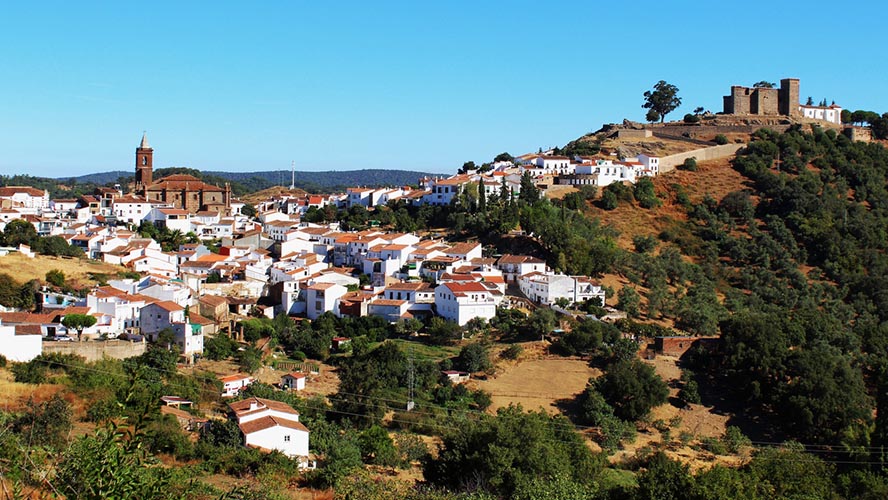
Hiking trails in the Sierra de Huelva
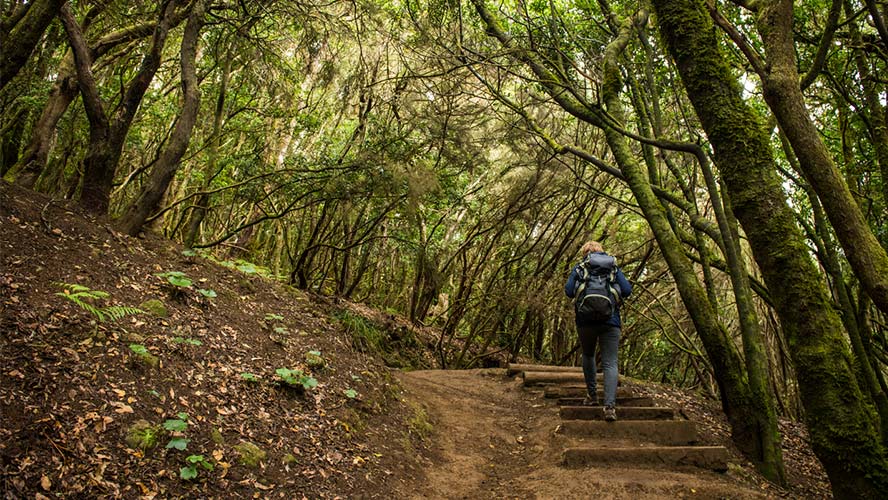
The Sierra de Huelva is not just a string of pretty villages, it is also the ideal place to lose yourself on long, peaceful walks. Among all the activities the Sierra de Huelva offers, these walking routes are the star of the show. Here are some of the best known:
Sendero Fuenteheridos-Castaño del Robledo
Castaño del Robledo is the starting point to many of these walking routes and this one to Fuenteheridos is around 7.5 kilometres. A peaceful walk through pine trees and cork oak with a low difficulty level, so it’s suitable for most walkers.
The Water Mills Route
This circular route – starting and ending in Cortegana – is around 8 kilometres in total and also suitable for beginners. In this case, however, you don’t just have to contemplate nature but instead you can see various 16th-century water mills along the way.
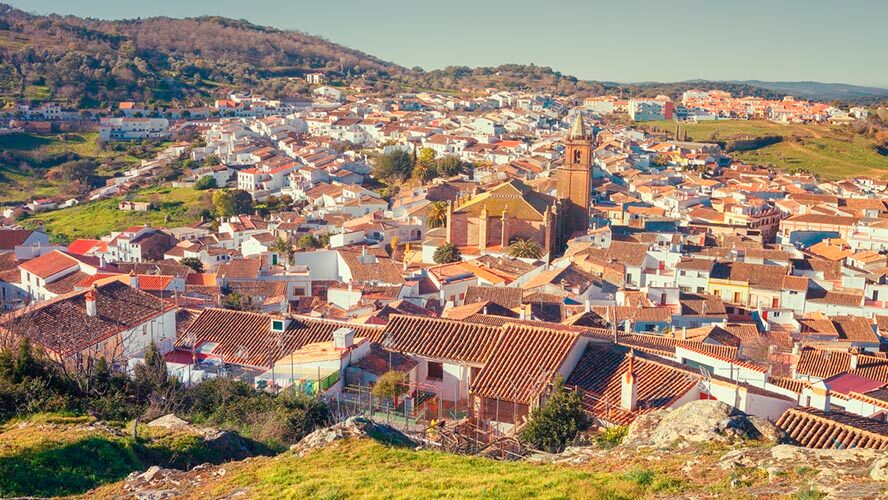
Fuenteheridos-Los Marines
This is actually another circular route that begins and ends in Fuenteheridos, taking in Cortelazor and Los Marines along the way. At 11 kilometres in length, it’s a slightly more difficult walk due to the damp conditions amidst the ferns and moss that line the way.
Almonaster hiking trail
This walk is around 14 kilometres long and therefore more difficult than those mentioned before. Firstly, you have to climb to the top of San Cristóbal hill but then you descend via a stone path that takes in Calabazares on the way to Almonaster.
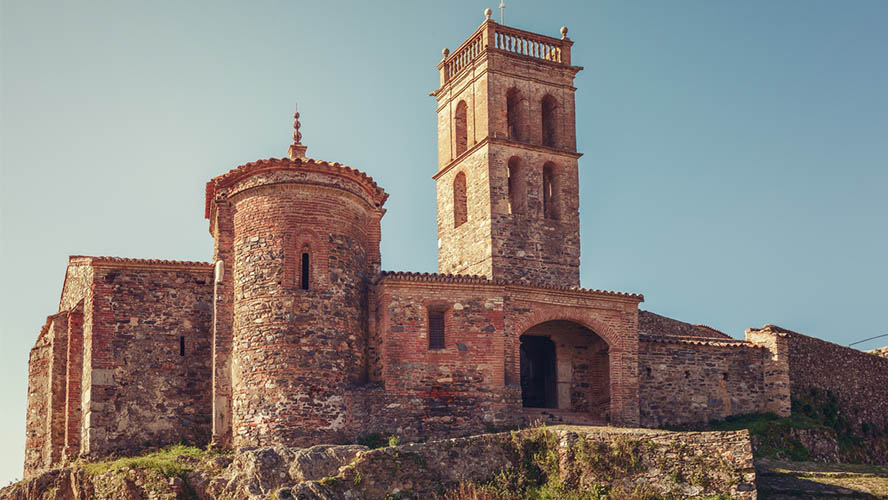
Accommodation Sierra de Huelva
The Barceló Aracena hotel is, without doubt, the best option for accommodation in the Sierra de Huelva. The ideal place to rest up after a long day of exploring villages and hiking the mountains of the Sierra. Newly refurbished in January 2020, it also has excellent panoramic views of Aracena Castle and the Sierra de Huelva.
It has 69 rooms and 14 independent villas, some of which boast a fireplace. The hotel restaurant is also a great place to enjoy great local cuisine.

























































